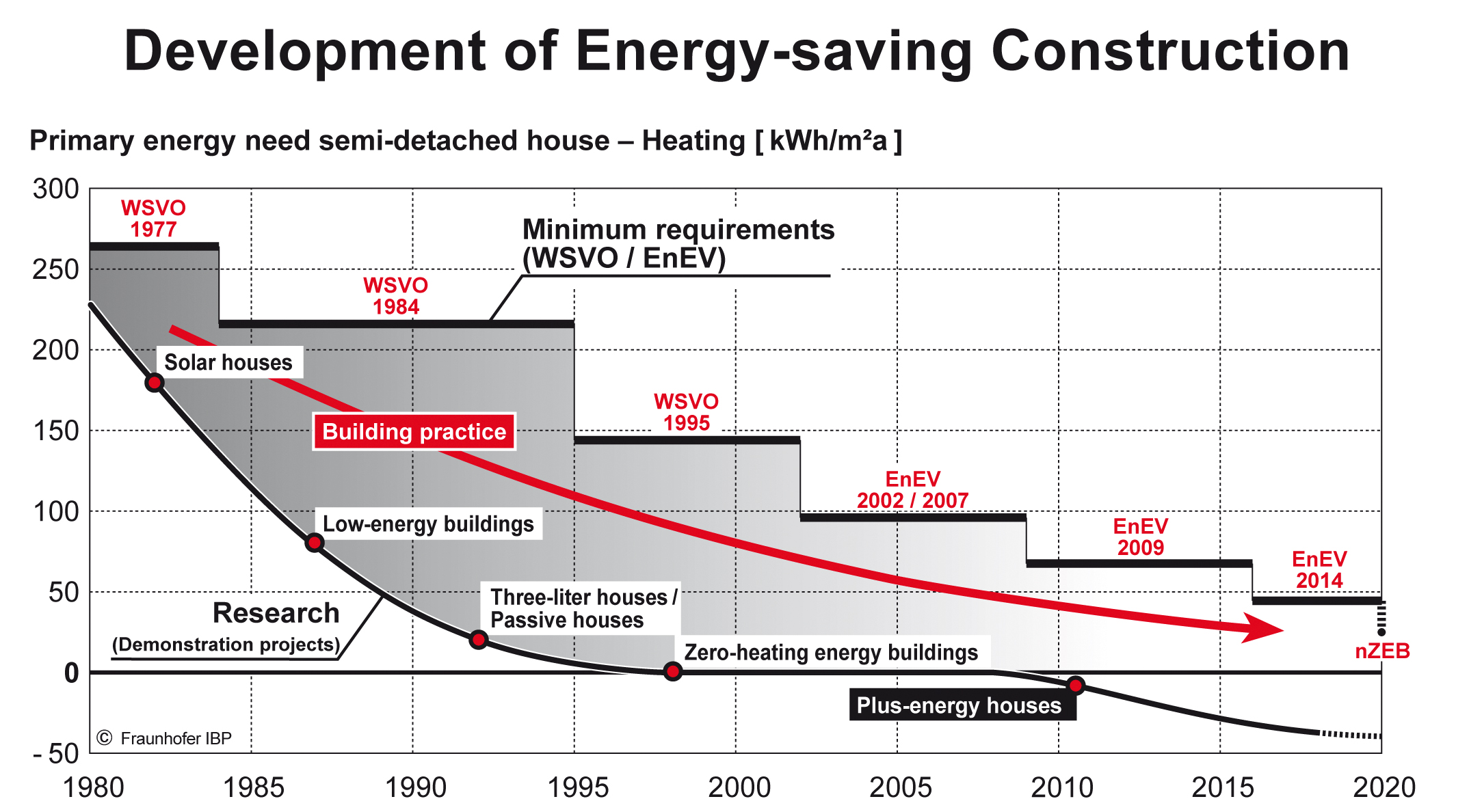
Online-Software GENERIS®

Life-cycle-oriented planning of buildings
The worldwide demand for resources, which already today greatly exceeds the capacity of our environment for natural regeneration, continues to increase. The building and construction industry, one of the most resource-intensive economic sectors, makes a significant contribution to this effect: Around 40 percent of primary energy requirements and around 33 percent of greenhouse gas emissions in Europe are due to the built environment. To counter this development, future buildings must be optimized not only with regard to their energy requirements but also in terms of their environmental emissions over the entire life cycle. The extraction of resources for production of the building materials, energy requirements in the use phase, and dismantling and the recycling of materials, are parameters that must be given due consideration with a view to economical treatment of resources.
The progress made in energy savings over the past few years can be statistically confirmed: The primary energy demand of a residential house averaged 150 kWh/(m²a) in 1990, but is now less than 50 kWh/(m²a) (see Fig. 1). Promising pilot projects in the area of energy-efficient building construction undercut this figure, for example plus-energy houses, which produce more energy than is required for their operation.
Due to the reduced energy requirements, greater attention is now being given to optimizing environmental impact throughout the life cycle of a building. Unlike buildings with high energy demands, for which the overall environmental impact is dominated by the use phase, for low-energy buildings the relationship between the use phase and the life cycle phases of »production«, »maintenance«, and »end of life« is more or less balanced. In view of this proportionally smaller influence of the use phase, the building materials used are now at the focus of attention. To quantify the environmental impact in future for example of greenhouse gas emissions, not only during the use phase but over the entire life cycle, the standardized method of Life Cycle Assessment provides the ideal methodical framework.
This is where the online software GENERIS® comes into play: It supports architects and planners, who in daily practice are confronted with the complex requirements of sustainable building such as optimizing the design of construction elements, system components and entire buildings in terms of their environmental impact. GENERIS® is not only facilitating the conduction of fully building Life Cycle Assessment according to the LCA standards and in compliance to the sustainable building certification schemes of DGNB and BREEAM, but also facilitates decision-making during the planning process in the course of German Sustainable Building Council (DGNB) certification.
